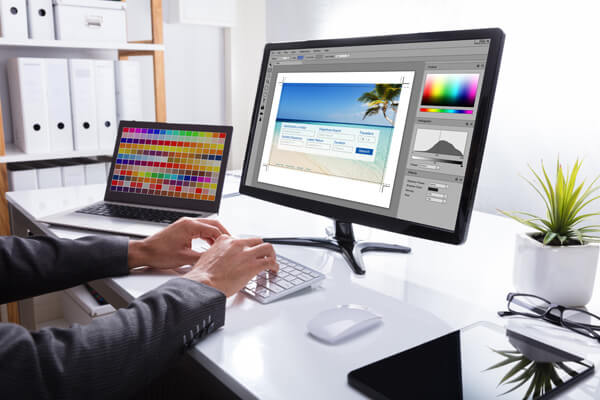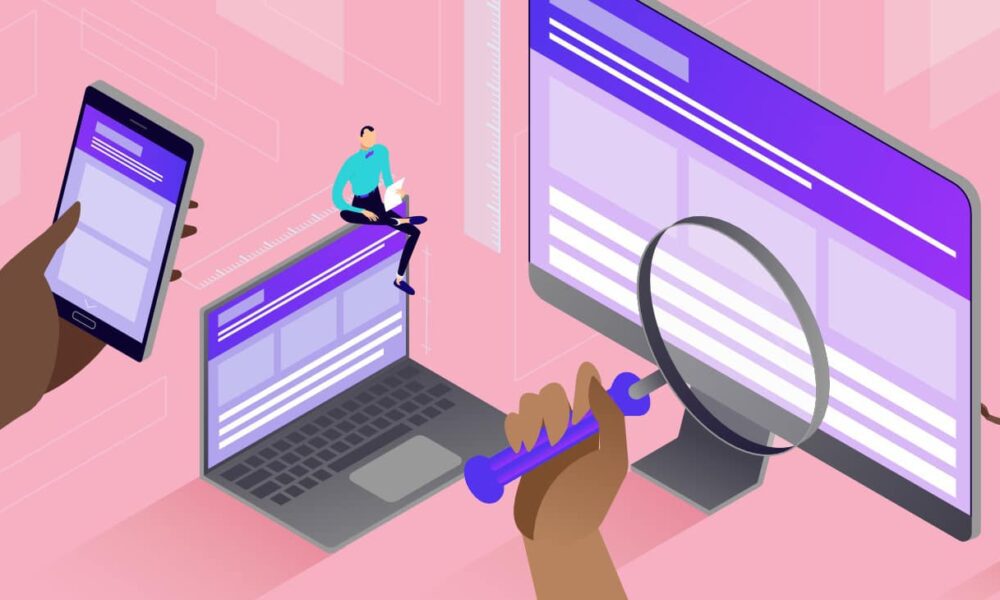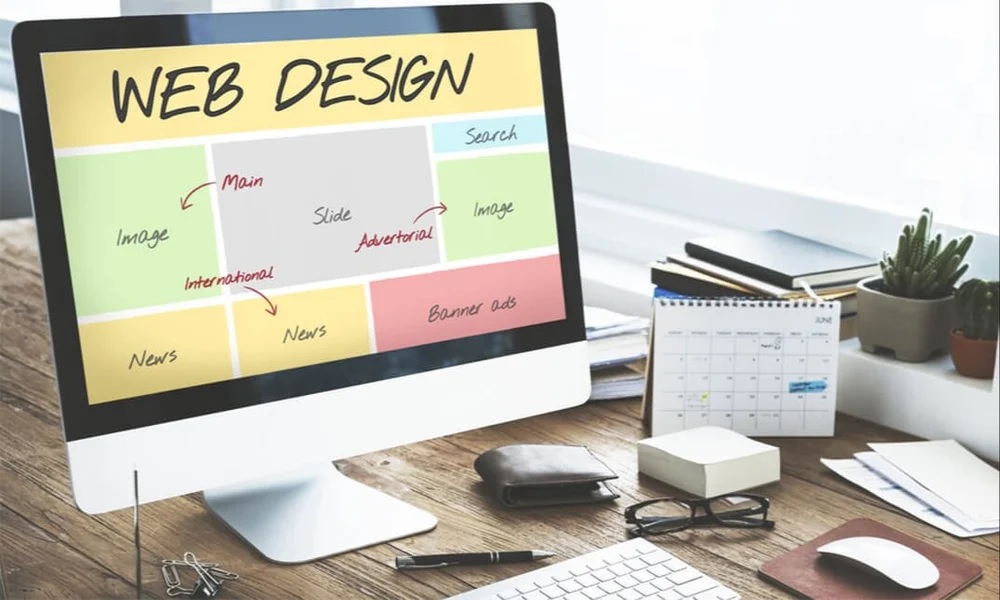Web design has come a long way in the past few decades. With the increasing number of people using the internet every day, it’s important to ensure that websites are accessible to everyone, including those with disabilities. Accessibility is not just a moral obligation, but it’s also a legal requirement in many countries around the world.
What is Accessibility?
Accessibility refers to designing websites and online content that can be easily accessed by people with disabilities, including those with visual, auditory, physical, and cognitive impairments. Accessibility ensures that everyone can use and interact with a website, regardless of their abilities.
Why is Accessibility Important?
There are several reasons why accessibility is crucial in modern web design:
- Legal Obligations: Many countries have laws that require websites to be accessible to people with disabilities. Failure to comply with these laws can result in legal action and hefty fines.
- Increased Reach: By designing accessible websites, you can reach a wider audience, including people with disabilities who may have been excluded from your website previously.
- Improved User Experience: Accessibility features, such as alt text for images and captions for videos, can improve the user experience for everyone, not just those with disabilities.
- Brand Reputation: A website that is accessible to everyone can improve your brand reputation and demonstrate your commitment to inclusivity and diversity.
How to Design an Accessible Website

Designing an accessible website requires careful consideration of several factors. Here are some tips to ensure that your website is accessible:
- Use Alt Text: Alt text provides a description of images for those who cannot see them. Ensure that all images on your website have descriptive alt text.
- Captions for Videos: Videos should have captions or transcripts for those who cannot hear them.
- Color Contrast: Use high color contrast to make sure that text is readable for those with visual impairments.
- Keyboard Navigation: Ensure that your website can be navigated using a keyboard, as some people with disabilities may not be able to use a mouse.
- Descriptive Links: Use descriptive link text that accurately describes the destination of the link.
Accessibility is essential in modern web design. Designing an accessible website ensures that everyone can use and interact with your website, regardless of their abilities. It’s not just a moral obligation but also a legal requirement in many countries. By following the tips mentioned above, you can design an accessible website that improves the user experience for everyone.




